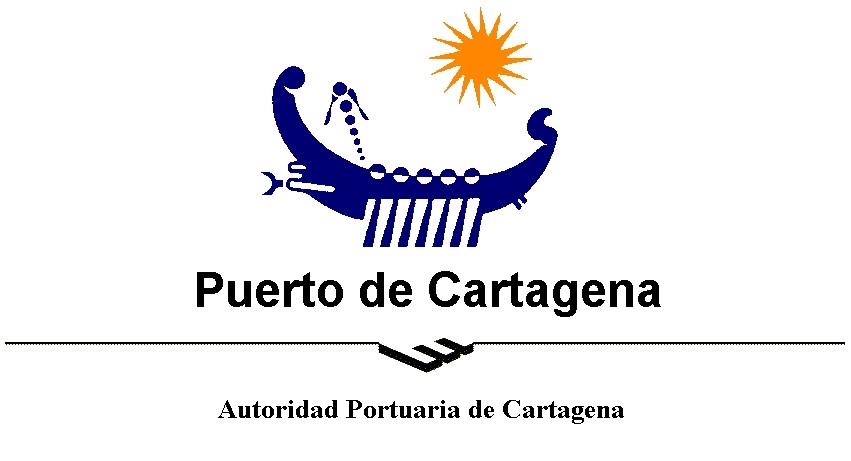The Port of Cartagena is a compulsory reference for cruise vessels owed to its strategic position within the Mediterranean, in the southeastern coast of the country.
Since the inauguration of the Cruise Berth in 2001, with a 344 meter long quay, the terminal was undergone various changes, given the growth that the port has experienced in the last 20 years, as well as the larger size of the vessels.
In 2010 an expansion of the quay took place, providing it with 560 meters, 12m depth in an area of 4,500sqm. Development works also took place featuring rest and shade areas, Port Police and Civil Guard centers, information office and parking area for buses. The area of the terminal was increased by filling out a water area. In order to handle a greater number of shore excursions from different ships, the access to the Terminal was also improved, both for buses and passengers.
In the summer of 2016, partial embarkments took place onboard the Royal Princess, for which purpose, the Port Authority built a small terminal building with the necessary services: check-in desk, security scanner for passengers and baggage, passport control, offices for the Police, Civil Guard, Customs and Port Police as well as toilets.
The most recent enlargement took place in 2017, with a new enlargement providing the Terminal with a 709 meter long quay. These last works enable two 300 meter ships to berth in Cartagena simultaneously.
The historic city of Cartagena, located 500 meters from the Cruise Terminal, offers a variety of tourist attractions, shops, and restaurants. It is the second oldest city in Spain, with more than 3,000 years of history. The historical center of the city is steeped in history, and there are three important periods that are visible throughout the city in different. The area features exceptional sites, such as the Roman Theatre, Roman Forum District, National Museum of Underwater Archaeology, and medieval castle of La Concepcion. The Region of Murcia, where Cartagena is located, also offers other places of interest, such as Murcia Cathedral, the Casino, and the Salzillo Museum. The area has a Mediterranean climate, which allows visitors to participate in a range of sports throughout the year.

Maximum
ship dimensions for berth





| Year | Passengers (Pax) | Calls |
|---|---|---|
| 2010 | 104,294 | 77 |
| 2011 | 88,081 | 77 |
| 2012 | 83,917 | 76 |
| 2013 | 134,225 | 115 |
| 2014 | 137,985 | 109 |
| 2015 | 151,195 | 108 |
| 2016 | 187,843 | 120 |
| 2017 | 236,412 | 151 |
| 2018 | 228,000 | 148 |
| 2019 | 250,058 | 166 |
| 2020 | 18,862 | 10 |
| 2021 | 70,087 | 79 |
| 2022 | 175,705 | 184 |
| 2023 | 187,765 | 147 |




Bringing the Med Together
The Association of Mediterranean Cruise Ports promotes the cruise industry and unites the ports of ‘Mare Nostrum’ and its adjoining seas
Cruise Line Executives
Studies
Policies
Source Markets
Best Practices

We are social!
